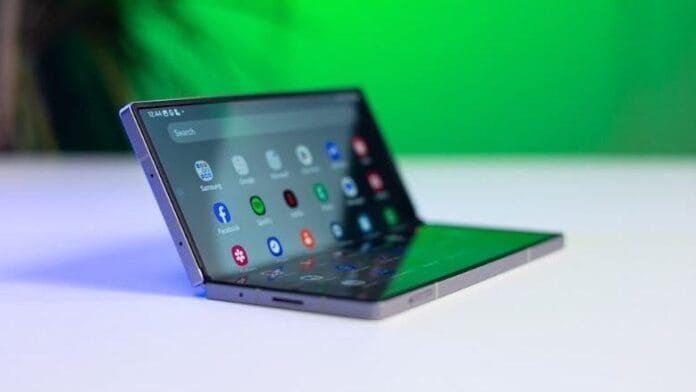Introduction to Foldable Technology
When foldable smartphones first made their debut, skepticism surrounded their practicality. I, too, questioned the viability of a device that could bend without compromising its display. Surprisingly, the technology evolved, and foldables showcased their potential. However, challenges persisted, particularly with the dreaded crease that mars the aesthetic experience.

Addressing the Creasing Problem
Fast forward to the recent announcements, and we find ourselves amidst an exciting battle for the best foldable smartphone. Samsung’s Galaxy Z Fold 7 has promised a flatter, more seamless display, turning enthusiasts’ heads. Yet, OnePlus’s Open 2 has seemingly advanced this technology years ahead of its competition. It’s fascinating to witness how quickly innovation occurs in this sector as manufacturers strive to eliminate that one painful drawback: the crease.
The Competitive Landscape of Foldable Smartphones
The foldable smartphone landscape is thrilling, with brands racing to enhance user experiences. While Samsung focuses on eliminating creasing issues for the Galaxy Z Fold 7, OnePlus has managed to deliver its Open 2 with an impressive design that appeals to users’ desire for perfection. As these two titans jostle for market supremacy, the consumer stands to benefit the most. After all, who doesn’t want a smartphone that maintains smoothness in both appearance and performance?

